Diversity Activities for Preschoolers: Fun Ways to Learn Unity
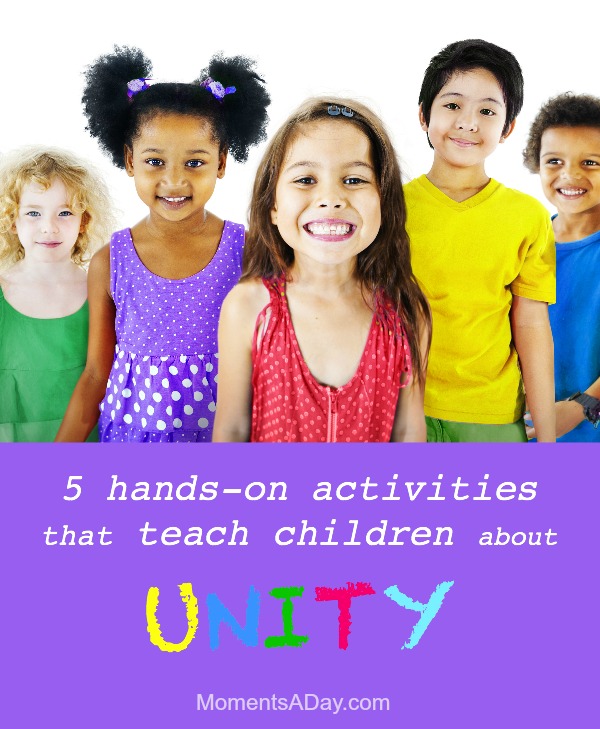
Diversity activities for preschoolers foster inclusivity and cultural awareness from a young age. Interactive games and storytelling can serve as educational tools.
Engaging preschoolers in diversity activities is essential in nurturing understanding and respect for different cultures and backgrounds. Introducing young children to a variety of cultures through interactive play, crafts, and stories helps to build an inclusive mindset and encourages empathy.
Activities like shared cultural storytime, international food tasting, and music from around the world allow children to explore and celebrate differences in a fun and age-appropriate way. By incorporating these activities into early education, we lay the foundation for a more tolerant and diverse society. Creating an environment where diversity is celebrated helps preschoolers to become curious, open-minded, and accepting of others, regardless of their background.
Embracing Diversity With Preschool Activities
The colors of the world are many, and each shade represents the beauty of diversity that our children will grow to explore and respect. Engaging preschoolers in diversity activities is a critical step in molding open-minded, empathetic future citizens. Diversity activities at this age are designed not just to teach, but to celebrate the myriad of cultures, languages, and traditions that make the world vibrant and varied. Let’s peek into some innovative ideas that encourage little ones to embrace diversity through playful learning.
Importance Of Diversity Education In Early Childhood
Diversity education builds a foundation for children to understand and value the differences among people.
- Cultural Sensitivity: It plants the seed of cultural sensitivity and helps to prevent the development of prejudices.
- Broader Perspectives: Through diversity-focused activities, kids gain broader perspectives and a deeper understanding of the world around them.
- Inclusivity: Learning about diversity promotes inclusivity and teaches children the importance of collaboration and respect.
By introducing these concepts early, we lay the groundwork for a more understanding and cohesive society.
Core Principles Of Teaching Unity
When we introduce the core principles of teaching unity to preschoolers, we focus on a few crucial aspects:
| Principle | Description |
|---|---|
| Empathy | Encouraging kids to walk in someone else’s shoes to understand diverse perspectives. |
| Respect | Teaching children to honor differences and treat them with consideration. |
| Collaboration | Nurturing teamwork skills through group activities that celebrate each child’s unique contributions. |
These principles, when woven into everyday learning, open a world where unity is the natural choice for children within a playground of diverse opportunities and experiences.
Diversity Activities For Preschoolers: Story Time
Embracing diversity from an early age encourages acceptance and empathy among young learners. Story Time serves as an effective medium to introduce diversity to preschoolers. By carefully selecting stories and crafting interactive sessions, educators and parents can weave a colorful tapestry of different cultures and experiences for children to learn and appreciate the world’s rich variety.
Thematic Books Showcasing Cultural Diversity
One of the most impactful diversity activities for preschoolers comes in the form of thematic books that celebrate cultural diversity. Vibrant illustrations and tales from around the globe transport young minds to different countries, communities, and traditions. Here’s how to optimize this activity:
- Select Books Wisely: Choose books that accurately and respectfully represent various cultures, languages, and families.
- Discussion Time: After reading, engage preschoolers in a conversation. Ask them questions about what they learned and how the story relates to different people.
- Book Rotation: Regularly introduce new books to keep the material fresh and engaging, covering a wide range of cultures and topics.
Interactive Storytelling Sessions
Interactive storytelling sessions are another fantastic way to introduce preschoolers to diversity. They allow children to actively participate and immerse themselves in the story. Use these tips to create a lively session:
- Character Role-Play: Encourage children to act out different characters. This builds empathy as they put themselves in someone else’s shoes.
- Use Props & Costumes: Incorporate culturally appropriate props and costumes to deepen the storytelling experience.
- Invite Guest Storytellers: If possible, invite individuals from diverse backgrounds to share their stories and experiences, providing authenticity and depth to the storytelling.
By integrating thematic books and interactive storytelling, preschoolers not only enjoy the magic of story time but also learn about the beautiful diversity of our world. These activities foster early cultural awareness and an inclusive mindset that benefits children far beyond the preschool years.
Creating Unity Through Art
In the vibrant world of preschool education, art emerges as a universal language that transcends boundaries. Engaging young minds in diversity activities can foster a sense of community and appreciation for different cultures early on. By incorporating art into diversity lessons, preschoolers can explore the rich tapestry of our world’s backgrounds in a fun, visual, and hands-on way. Artistic expression allows children to collaborate, celebrate, and understand the multitude of cultures that surround them, all while creating unity in the classroom.
Collaborative Multicultural Wall Murals
A powerful way to bring children together is through the creation of a collaborative multicultural wall mural. This activity encourages teammates to contribute to a larger picture that represents diverse cultures and traditions. Each child can add their unique touch to the mural, whether it’s through drawing, painting, or attaching materials that reflect different heritages. The process includes:
- Discussing various cultural symbols and landmarks.
- Selecting a theme that encompasses multiple cultures.
- Providing materials of various textures and colors.
- Assigning a section of the mural to each child.
The mural stands as a visual representation of unity, with each piece signifying an important part of the collective diversity.
Craft Projects Celebrating Different Backgrounds
Customized craft projects can be pivotal in celebrating the unique backgrounds of each preschooler. These projects give children the chance to showcase and learn about the varied traditions, festivals, and customs that shape our global community. Examples of such crafts include:
- Making traditional paper lanterns for Lunar New Year.
- Crafting beaded jewelry inspired by indigenous cultures.
- Creating dioramas of different cultural celebrations.
These projects not only add color and excitement to learning but also enable meaningful conversations about the significance behind each creation. By honoring individual backgrounds, preschoolers learn to respect and embrace diversity.
Fun With Food: Exploring Cultures
Exploring culinary delights from around the world isn’t just a savory adventure—it’s a vibrant, hands-on approach to teaching our young learners about the rich tapestry of cultures that make up our global community. ‘Fun with Food: Exploring Cultures’ allows preschoolers to dive into diversity with all their senses. Tantalizing their taste buds, expanding their culinary horizons, and gaining a multicultural perspective through the universal language of food, preschoolers can develop a palate for cultural appreciation as well as exotic flavors.
Preparing And Tasting International Dishes
Engaging the little chefs in your preschool classroom starts with the interactive activity of preparing international dishes. It’s a sensory-rich experience that combines learning with fun:
- Select simple recipes from various countries.
- Gather ingredients and cooking tools.
- Divide tasks according to the children’s ages and abilities.
- Discuss the origin of each dish while preparing it.
- Enjoy tasting the final product together, reinforcing the joy of sharing a meal.
By combining the excitement of cooking with storytelling about different cultures, children not only learn new flavors but also gain respect for the traditions and people from around the world.
Lessons In Diversity Through Ingredient Sourcing
The simplest ingredients in our kitchen cabinets are often laden with a deep history that is perfect for a hands-on lesson in diversity. Take the preschoolers on a journey to discover the origins of different ingredients, why they are essential, and how they are used in various cultures:
- Showcase a variety of spices, grains, and vegetables.
- Trace the ingredients back to their source countries on a map.
- Discuss the climates and landscapes where these ingredients thrive.
- Learn about the farmers and communities behind them.
This activity turns basic ingredient sourcing into a powerful lesson about geography, economy, and community that will foster an awareness and appreciation for diversity among the little learners.
This section of a blog post introduces and dives into two diversity activities for preschoolers under the umbrella of ‘Fun with Food: Exploring Cultures.’ The first activity, “Preparing and Tasting International Dishes,” engages children in cooking to learn about different cultures. The HTML covers an unordered list of steps involved in the activity, emphasizing the educational aspects of the preparation and tasting process. The second activity, “Lessons in Diversity Through Ingredient Sourcing,” discusses how tracing the origins of food can be an enlightening experience for kids. The ordered list provided gives a structured approach to discussing various ingredients commonly found in kitchens and their global connections. Both sections have been written to be SEO-friendly, highlighting important phrases in bold to capture the reader’s attention and breaking down the content into easy-to-understand, concise sentences.
Experiential Learning And Play
Immersing preschoolers in experiential learning and play cultivates an environment where young minds thrive on curiosity and inclusivity. At this impressionable age, hands-on activities that embrace diversity can profoundly impact their understanding and appreciation of different cultures, backgrounds, and traditions. Let’s explore engaging exercises designed to enlighten these little learners about the vibrant world around them.
Role-playing Games To Understand Diversity
Role-playing games offer an immersive experience for preschoolers to step into someone else’s shoes. These games facilitate a deeper comprehension of varying life experiences and encourage empathy among young participants. Here’s how to create engaging scenarios:
- Cultural Professions: Designate areas in your classroom for different cultural shops such as an Italian pizzeria, a Mexican Mercado, or an Indian bazaar, encouraging kids to role-play as shopkeepers or shoppers.
- Global Storytime: Read stories from around the world and invite children to act out parts with costumes and props that represent the characters’ cultures.
- Language Arts: Teach simple hello and goodbye phrases in various languages and practice using them in role-play scenarios to emphasize communication in diverse settings.
Organizing A “Unity Day” With Diverse Activities
“Unity Day” can be a kaleidoscope of activities, showcasing the richness of multiple cultural heritages within the classroom. To pull off a successful event, consider these ideas:
- Diverse Food Tasting: Prepare a sampling of dishes from around the world, allowing children to savor new flavors while engaging in discussions about the countries they originate from.
- Crafts Around the Globe: Set up craft stations where children can create traditional art pieces such as Mexican papal picado or Japanese origami.
- Musical Parade: Incorporate music and dance from different cultures and have preschoolers participate in a parade, celebrating the universality of music and movement.
Music And Movement For Inclusivity
Embracing diversity through music and movement is a powerful tool in the preschool classroom. Through these universal languages, young learners can explore and appreciate the rich tapestry of cultures that make up our world. Inclusive music and dance activities not only lay the groundwork for cultural awareness but also enhance a sense of belonging and empathy among students. Let’s explore activities that create a vibrant, inclusive environment for all.
Learning Songs In Different Languages
Introducing preschoolers to songs from various parts of the world is a fantastic way to foster diversity and inclusivity from an early age. As they learn to sing in different languages, children gain an understanding of phonetic sounds outside their native tongue, which enhances their language development.
- Interactive lyrics: Use visual aids to match words and pictures, encouraging comprehension and memory retention.
- Simple melodies: Start with tunes that are easy to hum and remember, ensuring a positive first experience with foreign languages.
A well-organized song list can be a handy reference for educators: Additional rows as needed
| Language | Song Title |
|---|---|
| Spanish | “La Cucaracha” |
| French | “Frère Jacques” |
| Mandarin | “两只老虎 (Liǎng Zhī Lǎohǔ)” |
Dance Activities That Promote Cultural Appreciation
Dance is a form of expression deeply rooted in culture. In preschool settings, dance activities can be both educational and fun, inspiring children to explore the world through motion. By participating in dances from various cultures, children not only exercise but also learn to respect and appreciate the richness of different traditions.
- International Dance Day: Arrange a day where kids learn and perform dances from different countries. This can be a monthly or annual event.
- Traditional attire: Include costumes that represent the culture from which the dance originates to make the learning experience immersive.
Dance cards can be a useful tool for educators, illustrating basic steps and cultural background: Additional rows as needed
| Culture | Dance Name | Origin |
|---|---|---|
| Indian | Bollywood Dance | India |
| African | African Circle Dance | Various African Countries |
| Polynesian | Hula | Hawaii |
Through these diverse activities designed for preschoolers, children build the foundation for lifelong cultural sensitivity and inclusive attitudes, critical in our interconnected world. Engaging their natural curiosity and enjoyment in song and dance, we teach them that each and every culture holds a unique and valuable place in the mosaic of human heritage.

Credit: happytoddlerplaytime.com
Frequently Asked Questions For Diversity Activities For Preschoolers
What Are Diversity Activities For Preschoolers?
Diversity activities for preschoolers are interactive games and projects. They focus on teaching young children about different cultures, languages, and traditions. The activities aim to foster understanding and respect from an early age.
Why Is Teaching Diversity To Preschoolers Important?
Teaching diversity to preschoolers is crucial as it shapes their viewpoints on inclusivity and respect. It helps them understand and appreciate the differences in people they meet, building a foundation for social skills and empathy.
How Can Parents Introduce Diversity At Home?
Parents can introduce diversity at home by sharing stories and music from various cultures. They can also prepare meals from different countries and discuss family histories, making learning about diversity a part of daily life.
Which Diversity Activities Encourage Inclusivity?
Activities that encourage inclusivity often involve group play. They should require collaboration on tasks that showcase different cultures’ traditions or holidays, promoting teamwork and an inclusive environment.
Conclusion
Embracing diversity at a young age shapes compassionate, open-minded individuals. Simple, creative activities can bridge cultural gaps among preschoolers. By incorporating these playful tasks, we lay the foundation for an inclusive future. Let’s nurture a generation ready to celebrate humanity’s rich tapestry together.
Start the journey in your classroom now.

Emily specializes in integrating arts into early childhood education. She believes in fostering creativity and imagination through music, art, and drama activities.

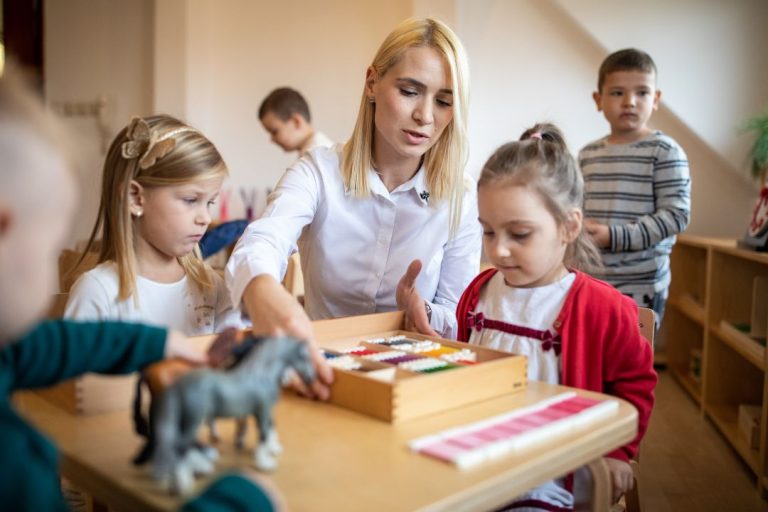
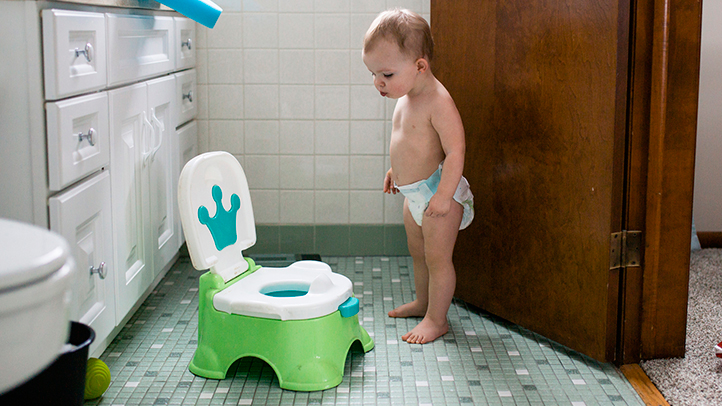
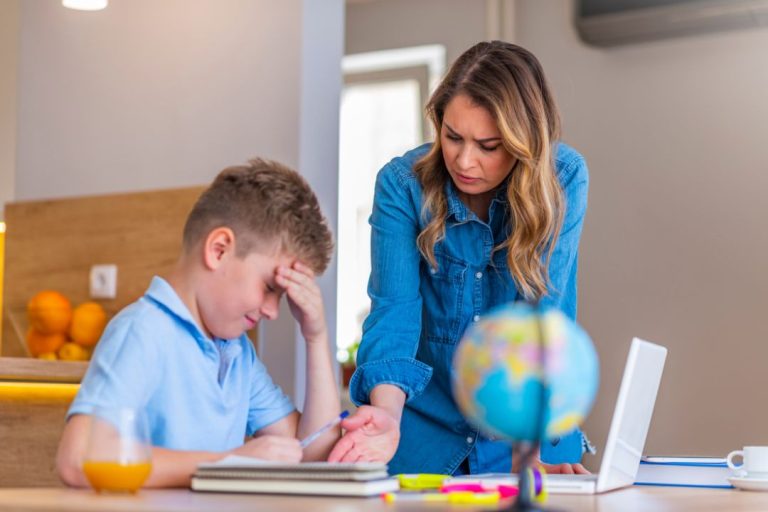
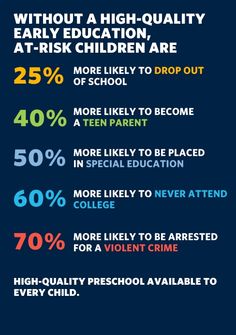
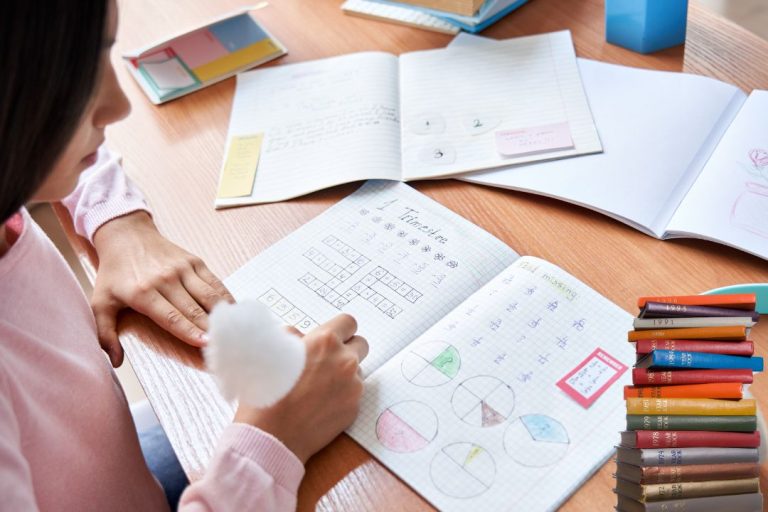
3 Comments